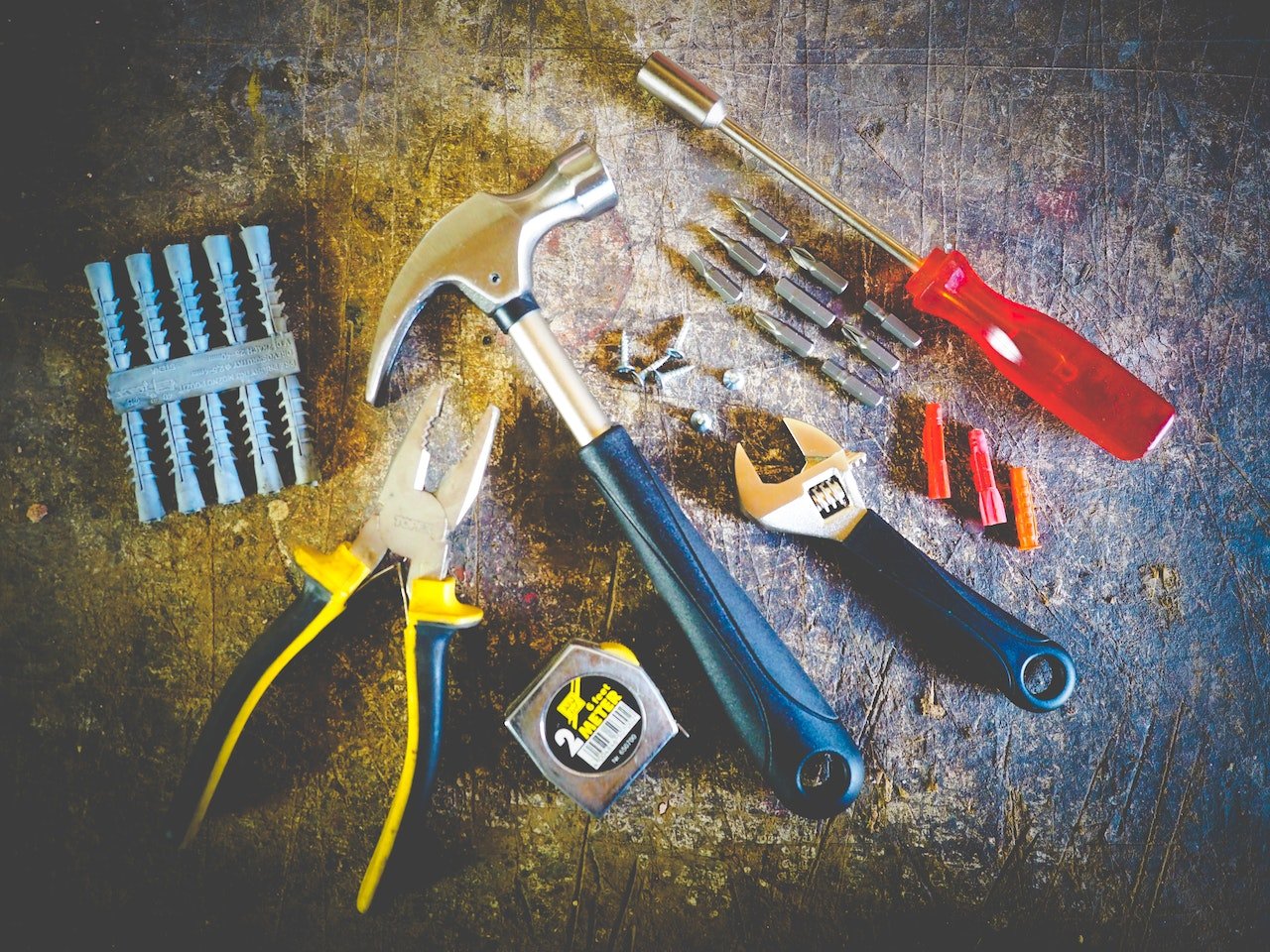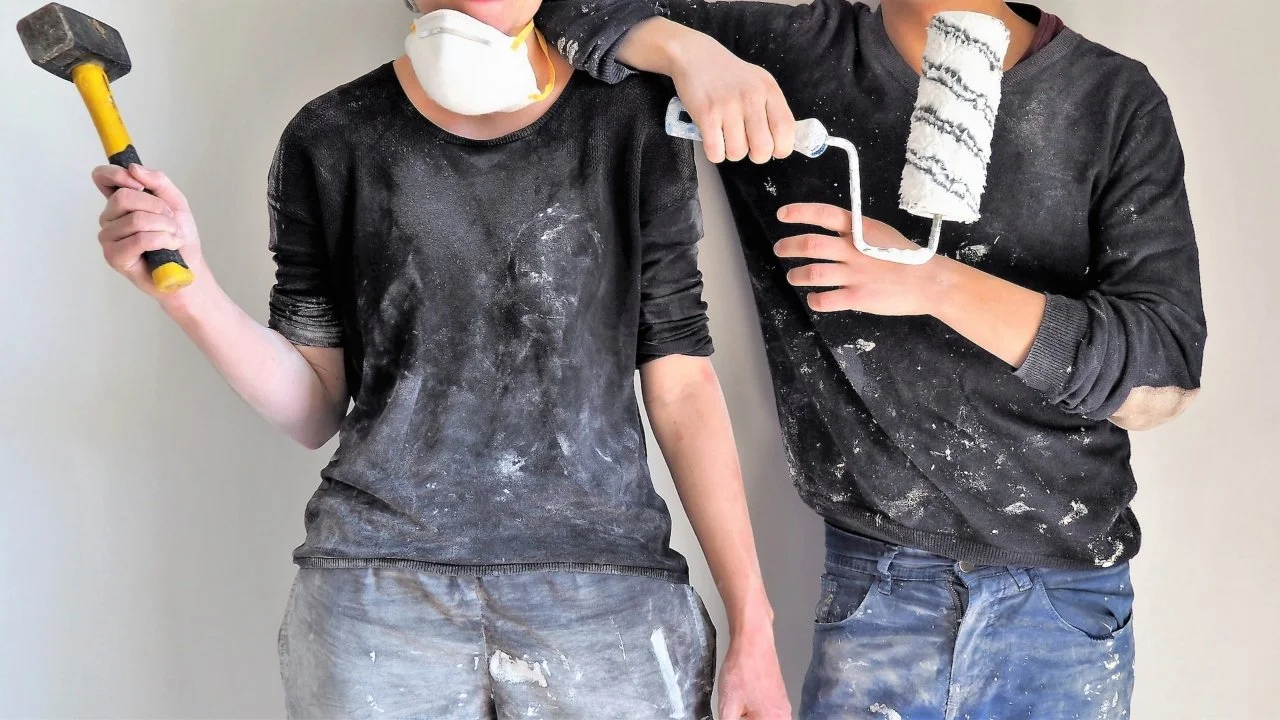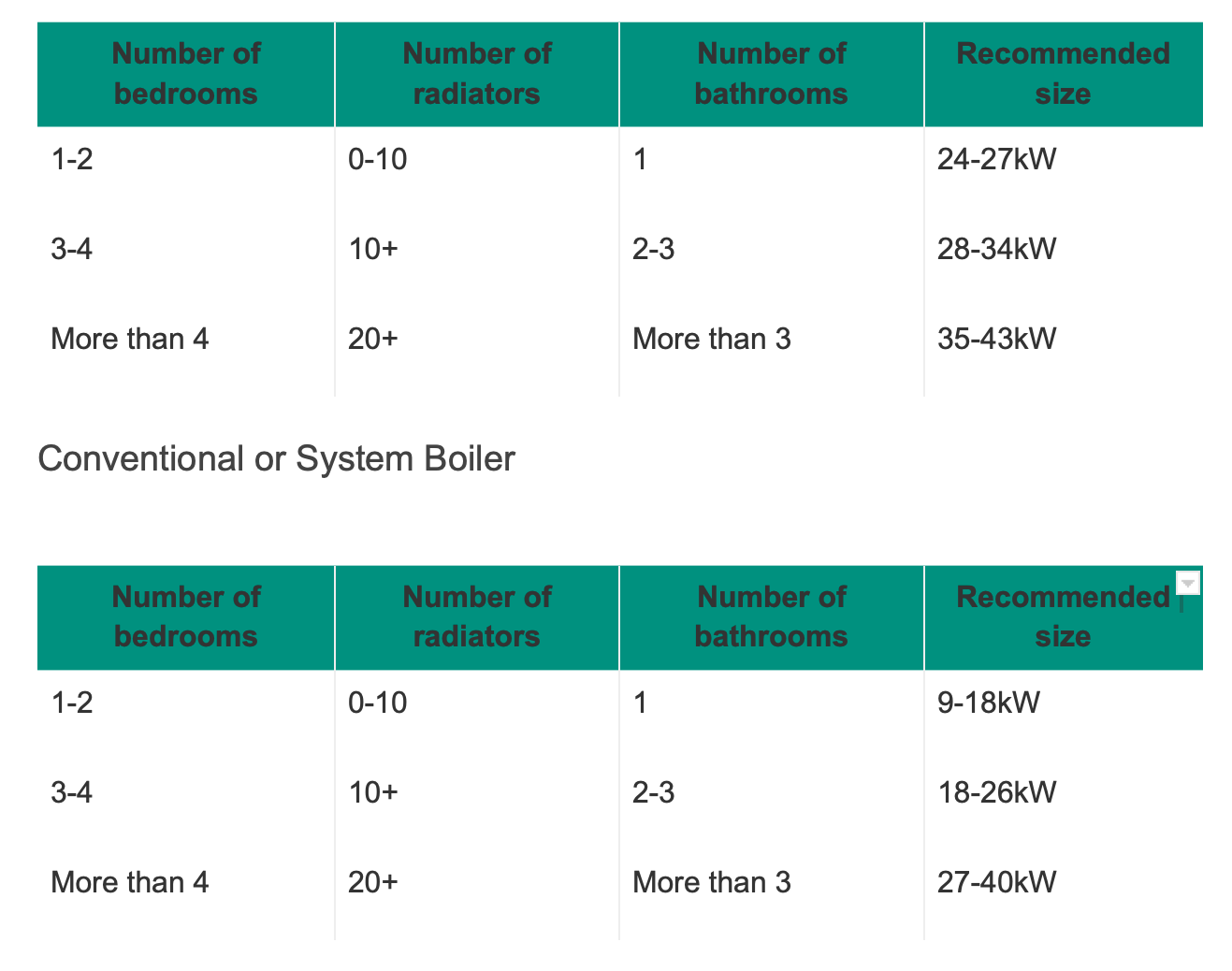15 Chic Loft Bedroom Design Ideas
RH Business Marketing Solutions
For those looking for more storage space, an extra bedroom, or even a home office, loft conversions are a great solution as well as being a good investment into your property.
With their unusual layout and shape, designing and decorating a loft conversion can be challenging to get right, especially as you will want it to flow with the rest of your home’s style. You may be navigating your way around exposed brick, beams, pipework, and Velux windows with your new conversion which leaves less room for furniture and to be clever with your designs.
We’re on hand with 15 loft bedroom design ideas that will help you transform your space, injecting your own personality into the room, in a practical yet stylish way, reminiscent of an interior designers touch that feels naturally luxurious.
Key summary
Loft conversions have some unusual shaped walls, make use of these by having built-in storage and shelving installed. You could use the eaves as cupboard space.
Using Velux windows or skylights will help to enhance lighting in dark loft spaces.
Retaining exposed beams and joists can work well for those wanting industrial styles or period charm in their loft bedroom.
Loft conversion bedroom ideas
Minimalist
A minimalist loft conversion is a timeless style that allows you the chance to easily switch out décor accessories if you fancy a change. The skylight windows allow light into the room without overwhelming the space, and the addition of the recessed spotlights creates a gentle ambience. Keep furniture, bedding, and accessories simple to maintain the ultimate minimal style.
2. Earthy greens
Green is having a moment in the interior design world, but by no means is this a one-hit wonder, as this classic colour will stand the test of time. The built-in storage within the eaves utilises every inch of the loft space to its full potential. Recessed walls make a great alternative to shelving and the double Velux windows leave the earthy tones of this room being lifted for the perfect balance between light and dark.
3. Scandi-style
Scandi-style bedrooms have been a popular design in recent years, and this trend shows no sign of slowing down. If you are looking for loft conversion layout ideas that make the most of space, this built-in shelving behind the bed makes perfect use of an awkward shaped wall whilst also providing a functional storage solution. Small loft conversions often lack light, the addition of recessed lighting in the ceiling and large Velux windows helps to maximise brightness.
4. Rustic
Rustic style loft conversion bedrooms utilise the wooden features that lofts often have before they are converted, creating a charming style that gives a charming nod to the room’s beginnings. A natural wood feature wall creates a warmth in the room that can be personalised with accessories and lighting. Make large windows a part of your design plans to lift the dark nature of rustic wood tones, if this is the bedroom décor style you desire.
5. All-white
Loft conversions can often be darker than other rooms in the house, even with the addition of skylights, so keep your interior bright by using an all-white scheme. Add pendant lights on the slopes of the loft ceiling for added visibility on a dreary day.
6. Monochrome
Monochrome can be an overwhelming colour palette to get right but this clean style creates a great loft bed aesthetic that really makes the most of the room’s features. Make a statement with a black feature wall which plays with the angular shapes of the room. By leaving the remaining walls white, as per this image, and with the addition of the large windows, the space becomes really open and maximises light within the bedroom.
7. Grey
Grey is a versatile shade that has become a key colour within a modern neutrals colour palette. It works well if you plan to keep your furniture, bedding, and accessories in similar tones but equally, if you want to add in pops of colours, grey walls can accommodate this. Keeping the doors and frames white, with a natural wood flooring enhances the warm tones in this grey bedroom. The additional storage in the eaves will help to keep the space uncluttered, whilst painting the cupboards in the same shades as the wall keeps them discreet and hidden.
8. Bold
Bold colours can seem scary at first, but use of strong bright shades can create a playful, happy aesthetic in a room. Make use of the sloped ceiling space by adding recessed and pendant light fittings on to support visibility in the room. Be mindful that darker colours can sometimes overwhelm tighter spaces, so if you have a small loft conversion stick to lighter bright shades such as a zesty yellow!
9. Cosy cottage
If you have a period cottage with a loft room, retain character by leaving the joists and beams exposed, as this loft conversion example shows. Your loft conversion construction company will be able to advise you on this.
Keep the décor and furniture simple to allow the walls to do all the talking, bringing in some subtle floral prints on cushions and other soft furnishings to add to the cottage theme of the room.
10. Urban
Industrial, urban styles are what many people may automatically think of when it comes to loft bedrooms, particularly as it lends itself well to the exposed brick walls and beams that can often form part of a loft conversion design.
Industrial style attic rooms are popular in America but are also becoming a more popular loft conversion idea in the UK, with furniture and accessories easily obtainable from home stores. Keep to dark woods and rustic metals to execute an urban style well.
11. Neutrals
A classic style that will never fail, neutrals are a popular décor palette and it's easy to see why. The bright, airy nature helps to support the natural light in the room and stops the space from feeling overwhelmed. The rounded shape of the headboard in this loft conversion example counteracts the harsh, angular lines created by the walls.
If you have an ensuite in your loft conversion bedroom, try to use similar tones throughout that keep a cohesive, gently flowing space.
12. Traditional
For a more traditional property, you will want this style reflected within the design of your loft conversion bedroom, to make your entire home feel harmonious and balanced. Using a traditional style window, as per this image, as well as using more classic style furniture will help.
The large rug used under this bed helps to make a feature of the classic bed frame placed below the cottage window. The suspended spotlights from the ceiling add a contemporary edge without disrupting the overall style.
13. Colour Block
Make use of awkward spaces that can come from loft conversions by creating storage and shelving, as this image shows. Painting in a soft, pastel tone like this putty-coloured bedroom enhances the shape of the room and gives the illusion of space. If you are looking for inspiration and small loft conversion ideas, colour blocking is a straightforward yet stylish concept but be sure to add visual interest with texture.
14. Modern
Keep your new loft conversion calm and clutter free with a modern style bedroom. Clean lines and soft, light neutrals give this room a relaxed feel. The glass bannister on the staircase into the room opens the space up further and helps to support the light flow. Light is important, especially in a modern bedroom, so the addition of a skylight in this mansard conversion keeps the space light and airy as well as being practical as it improves visibility.
15. Elegant
This dormer loft conversion offers light, open space with windows on multiple walls and plenty of headspace. The built-in wardrobes keep clothes and clutter neatly stored away without detracting from the rest of the space.
Summary
Loft conversions can be as stylish and comfortable as the rest of your home, and the styles we’ve listed go some way to demonstrating their versatility. There are plenty of clever ways to incorporate good lighting and storage spaces in the design of your conversion that won’t make it the struggle you may have feared it to be.
Whatever your loft conversion ideas are, be it contemporary, traditional, or urban, this unique space can easily reflect the style of the rest of your interiors for a perfectly balanced home. Consider incorporating site plans into your design process to ensure every aspect of the conversion meets your expectations and flows seamlessly with your existing home.
































